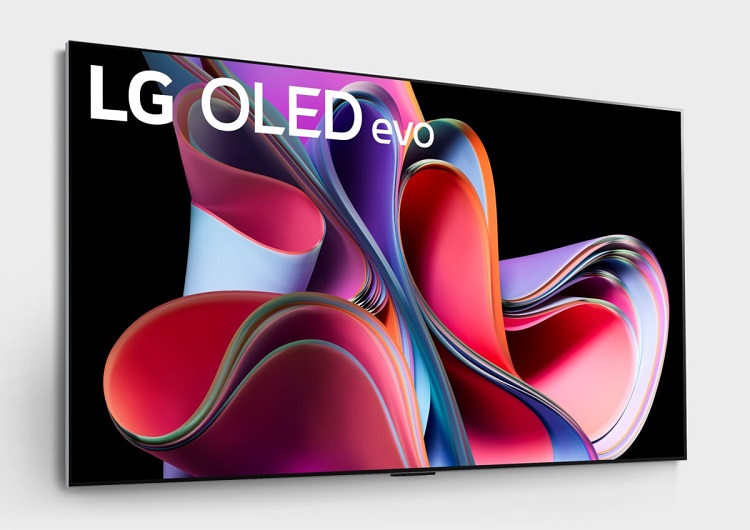The technology known as OLED, or Organic Light Emitting Diode, has revolutionized the television industry. OLED Televisions are renowned for their excellent contrast ratio, rich color reproduction, and deep black levels. In this post, we will look at what is OLED TV technology, how it works, and what advantages it provides.

What is OLED TV?
When an electric current is carried through organic molecules, a form of display technology known as OLED utilizes them to generate light. Each pixel in an OLED TV generates its own light, in contrast to conventional LED/LCD displays, which rely on a backlight to illuminate the screen. This indicates that OLED Televisions may produce genuine blacks by simply turning off the pixels in the necessary dark-colored parts of the panel. As a consequence, the contrast ratio rises, creating a more realistic and immersive viewing experience.
How does OLED TV work?
An OLED TV has three sub-pixels per pixel: one for red, one for green, and one for blue. The sub-pixels produce the required hue by emitting their own light when an electric current is applied to them. With the ability to individually change each sub-brightness, pixel’s each pixel’s color and brightness may be precisely controlled. OLED Televisions can now show HDR (High Dynamic Range) content with a greater variety of colors and a better degree of brightness thanks to this as well.
OLED TV benefits
Enhanced Image Quality
The better image quality of OLED Televisions is one of its most important advantages. Better black levels are provided by the self-emitting pixels, which raises the contrast ratio and gives the colors a richer appearance. With standard LED/LCD screens, this produces a more realistic and immersive viewing experience that is hard to duplicate.
Broader field of view
OLED Televisions also have the benefit of having broader viewing angles. When you move off-center on conventional LED/LCD screens, the visual quality deteriorates. To obtain the finest visual quality, you must sit directly in front of the TV. No matter where you are seated, OLED Televisions provide constant visual quality. OLED TVs are thus perfect for bigger areas where numerous people may be viewing from various angles.
Energy Savings
OLED Televisions use less energy than conventional LED/LCD screens. There is no need for a backlight, which may require a lot of energy, as each pixel generates its own light. OLED Televisions are thus more energy-efficient and cost-effective to operate since they generate less heat and consume less electricity.
Narrow design
OLED Televisions are also thinly constructed. Compared to conventional LED/LCD displays, they can be manufactured significantly thinner since they don’t need a backlight. This gives the option for more positioning freedom and may provide a more attractive appearance.
Quick Reaction Time
Last but not least, fast-moving images and action sequences are portrayed with little to no blur or lag thanks to OLED Televisions’ quick reaction times. This is due to the almost instantaneous ability of each pixel to flip on and off, which produces a fluid and seamless viewing experience.
Conclusion
When it comes to display technology, OLED Televisions are a game-changer. They provide a faster reaction time, greater image quality, larger viewing angles, energy efficiency, and a small design. While they may cost more than conventional LED/LCD screens, their advantages make the extra expense worthwhile, particularly for those who take their home theater experience seriously. OLED TVs will only become more widely available and reasonably priced as technology advances, making them a top option for anybody seeking a high-quality viewing experience.
Read More Here:
Do 4K Televisions generally contain dead pixels
IPS vs VA: Comparison, Pros and Cons
